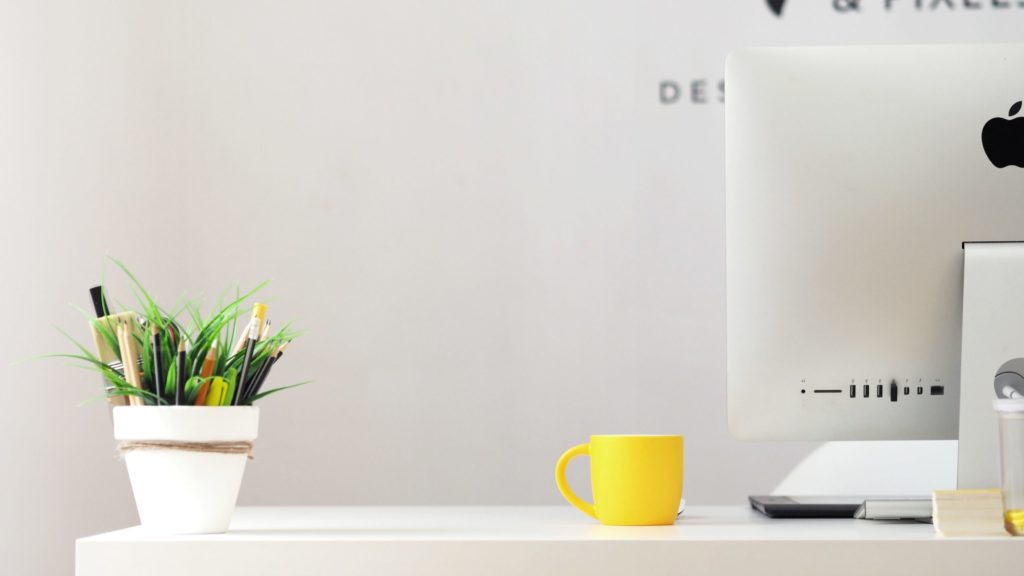Top Web Design Trends in 2020 are coming for designer’s concern! We listed 5 must-known trends for designers to build websites that people will love.
The rapid changes in Web design trends and Web development technologies have a direct impact on what is considered “good and bad” in creating websites. Hence, it is imperative for every designer to keep up with these changes.
Web design trends are always changing. After they show up, some of them last for years and evolve into better things. Others fizzle away quite quickly, not leaving a big enough mark. Many of the trends we saw in 2019 are making it over to 2020, and some are only just becoming popular.
Let’s take a look at some Top Web design trends in 2020.
1. Abstract illustrations
It’s a well-known fact that using a custom illustration style is an excellent way to make a brand stand out. Genuine illustrations are part of a product or brand DNA. Competitors can copy your color scheme or typography, but not your illustration style.
Digital illustrations have taken center stage over the past few years. In 2019 we saw a boom of illustrations. All large companies introduced illustrations in their visual language. In an attempt to make illustrations more effective, designers started to embrace more abstract illustrations styles, and this style will dominate in 2020.
It’s vital to make sure that your audience can interpret what you are trying to say. Illustrations that are too abstract won’t have much business value, and they will be more like a work of art rather than a functional element that serves a specific business purpose.
2. Micro-interaction/Micro-animation
Micro-animations are a small but important part that will make its way in web designs in 2019. In some ways, we already experience micro-animations on our devices such as a small checkmark or changing patterns after some actions are performed. The reason why micro-interactions are going so important is because they provide a sense of validation or “reward” as you may call it to users.
Whenever, there’s an action involved in your website, using micro-interactions can help them guide and even give them the sense that they’re performing the correct actions. This doesn’t have to be overly complicated interactions. Small things like a happy emoticon after a user submits a review, or a thumbs-up if someone performs a step correctly are examples that keep users hooked to your site. User-specified micro-animations help web pages feel smarter while being informative.
3. Asymmetry
The asymmetry trend has only been growing in 2019. In 2020 we are sure to see much more of it. So much so that it might become a regular trend. The idea behind asymmetry is that websites look less “blocky” and less straight-edged.
Asymmetrical design on websites makes them much more interesting to look at. There are different levels of asymmetry in design, from slightly asymmetric to loud and strong. The most important thing to remember about asymmetric design is that it always needs to have a visual balance.
4. Split-Screen Design
Some companies have more than one primary focus for their website, and there is no better way to visually explain this than to use split-screen layouts. While the split-screen design is trendy, it can hurt the user experience if it’s not thoughtful and executed well.
Some of the benefits of Split-Screen Design include:
- Guide the users visually — pick this or that
- Highlight different image ratios (vertical, panoramic, portrait)
- Works well for both desktop and mobile
- Create a unique visual design that distinguishes from standard hero
5. White Space & Simplistic/Minimalist Design
It’s often said that simplicity is the ultimate sophistication, and many in the industry expect a minimalist, stripped-back approach to become ever more popular in the coming months.
Minimalist design means a hundred things to a hundred different people, but it generally refers to an extensive use of white space, with no single element distracting attention from the visual hierarchy.
Final Thoughts
It’s really tough to overstate the importance of staying current in the web design industry. By keeping an eye on the trends we’ve outlined in this article – and no doubt, plenty more! – you’ll give yourself the best possible chance of staying ahead of the curve, delighting your clients and doing awesome work for years to come.



